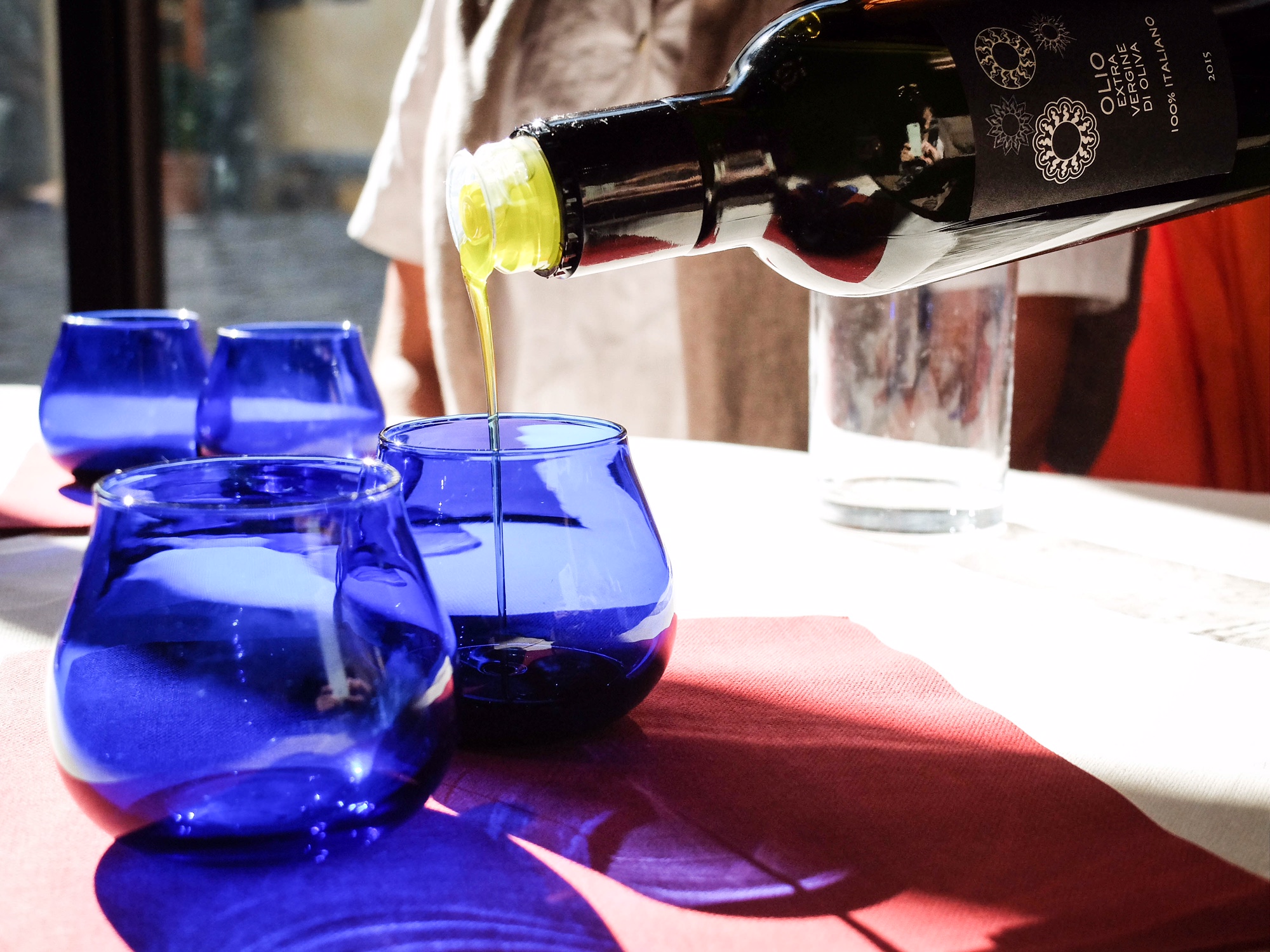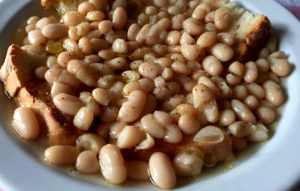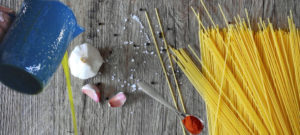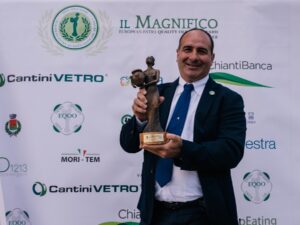Articolo disponibile anche in: Italian
The great heat and drought of summer 2017 made it fear the worst and many people thought we could have faced another “sad” year with way lower productions than expected.
In fact, the lack of rain and the resulting water supplies were insufficient to grant the growth of all the olives developed after the flowering phase.
According to the data provided by the Research unit for climatology, in these last 30 years the winter rainfalls decreased by 47% throughout our country and, in 2017 it was registered a lack of rain during the first months of the year. This led to have the third driest spring between the period 1971-2000 and the second one for high temperatures.
The olive groves in Chianti Classico (and not only here) did not disappoint its “geographical” roots because in summer 2017 stood the long stressful period without water and their leaves did not lose their functionalities, could extract the little water from the ground and, above all, fully use that humidity.
Generally speaking, for olive groves the ideal temperature to regularly complete the photosynthesis process is around 25 °C, the lowest limit is around 4 °C and the highest is around 40 °C. Temperatures below 0 °C stop the photosynthesis process.

Therefore, the water stress was not the real problem for olive trees since they resist to even worse conditions than those experienced in Tuscany this year.
Back to our year, the harvest was averagely higher than expected and lower than the one we would have had if it had rained a little bit more.
In the Chianti Classico area very different climatic situations occurred, and for the first time, in olive growing industry too, we sensed the micro-climate effect, the much popular term in the wine-growing industry for the effect it creates on the different wine qualities and that can be perceived by experts.
In this year and in some little areas, we registered moderate rainfalls at intervals that avoided to cause great stress to olive groves, and that, also by using good agronomic practises, allowed generous and high-quality harvests.
One of these areas is Panzano that could benefit from little rainfalls which avoided summer drop of fruits and allowed some companies to make really interesting products.
Luckily for all, the smaller average production of olives was balanced by an olive oil performance among the highest of these last five years. This allowed to reach great oil quantities in our territory.
What about quality, then? We feared to have unpleasant surprises on this aspect too. The experience always proved the fruits grown with little water are unlikely to reach high-quality levels.
As luck (if you can call it that way!) would have it, all the growing and ripening process went on with lack of water and not only in the final phase, just before the harvest.
This allows to get harmonic DOP Chianti Classico olive oils, rich of vitamins and antioxidants (polyphenols), enjoyable in the mouth where they show, as a less quality feature, less aromas than the past more regular years, and a green less intense colour but more greenish with yellow or yellow-green shades.
These are common and predictable aspects in years when, due to insufficient water supplies, fruits reach its physiological cycle more quickly and ripen in shorter times.
For the first time, we could prove that the olive physiological ripening (the natural one) in the Chianti Classico area came earlier than the technological one (the one the olive growers chooses to get high quality). As a result, when harvest started, the level of chlorophyll (green colour) was lower than usual and many fruits already started to ripen at the end of October.
The consequence of this natural event is in the colour, averagely paler than the past years.
But, tasting the olive oil, it shows strong notes of grass, artichoke and almond, both fresh and bitter, that have always been the trademarks of this area olive oil.
This confirms what tasters have always stated: the colour is not a quality marker because it does not imply a quality organoleptic profile.
The famous saying, “don’t judge the book by its cover” perfectly describes the olive oil DOP Chianti Classico 2017!


